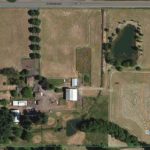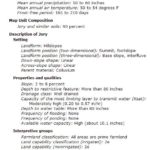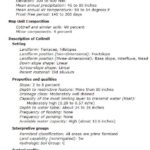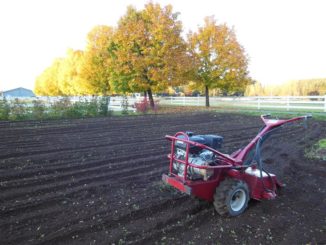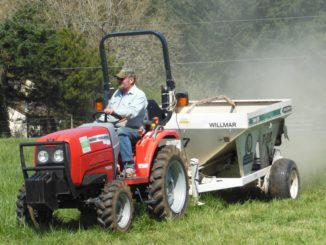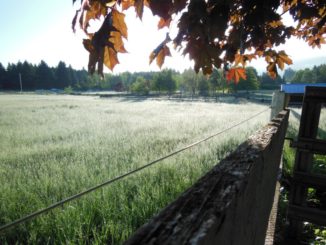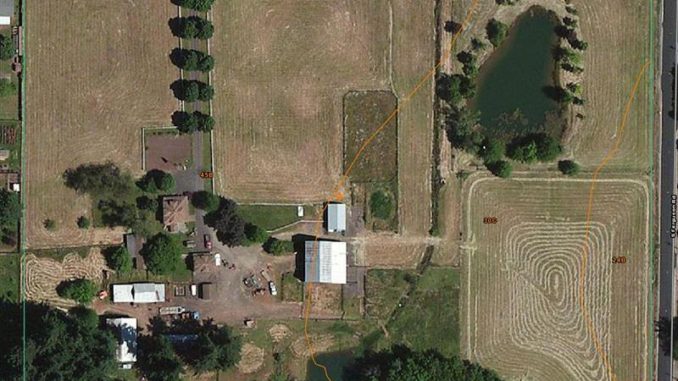
We completed a round of soil testing for three main fields at the farm. With permission of A & L Western Agricultural Laboratories, we’re able to share some soil test results with you.
The results shown are for the center field (east of the driveway and west of the pond). This field is a mix of two soil types, according to the online Web Soil Survey tool. Most of the field is Jory silty clay loam. (Jory happens to be the state soil of Oregon!). The southeast corner of the center field is Delena silt loam.
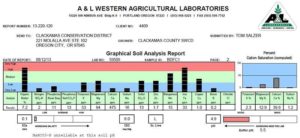 Test results show low levels of basic nutrients in the soil in the center field, and a very low pH. When soil pH is low, plants have more trouble getting nutrients from the soil. This means we may wish to treat this field to make the soil less acidic, and add nitrogen and phosphorus to aid plant growth.
Test results show low levels of basic nutrients in the soil in the center field, and a very low pH. When soil pH is low, plants have more trouble getting nutrients from the soil. This means we may wish to treat this field to make the soil less acidic, and add nitrogen and phosphorus to aid plant growth.
The center field also has a layer of moss at the soil surface, and this may be due to the acidity of the soil. Treating the field to raise the pH toward a more neutral value may help reduce the moss and allow for more grass growth.
Most of the soils in the fields along Ferguson Road are also Delena silt loam. According to the previous owner, the fields along Ferguson Road have been the most productive on the property. This mirrors what we’re observing this summer: the center field is dormant, while the fields along Ferguson Road are green and lush.
We have much, much more work to do to really understand our soils. For example, digging a few soil pits will help us see what is really going on past the first several inches of soil. Getting a soil scientist to take a look will be informative, and getting a pasture specialist to visit the site will help us understand what we have to work with.
Improving soil health affects more than just the grass crop we produce and the animals that graze the grass. It also helps support a variety of other life, from nematodes and earthworms to larger creatures. Voles, moles, and gophers are prey for larger predators, so improving our soil will likely expand the quantity and kinds of animals that visit or make the farm their home.
